The Bristlecone Pines of the Great Basin
The longest living non-clonal organisms on Earth.
At high elevations in a region of the western United States known as the Great Basin, a species of pine lives a quiet, secluded, and exceedingly long life.
Bristlecone pines have been found that have lived almost 5,000 years — longer than any other non-clonal organism. The trees are exceptionally hardy, surviving freezing cold temperatures, being buried in snow, and bracing powerful winds. In many cases, portions of the tree can die-off and allow the tree to conserve its limited resources. Because of this, Bristlecones aren’t very tall and often appear dead or extremely weathered. Few other plants can grow in the hard rock that Bristlecones prefer, and often the oldest trees are those that live in the most exposed and precarious places.
Of course, one thing they can’t survive is chainsaws. In what is now the Great Basin National Park of eastern Nevada, a tree known as Prometheus was being studied by a group of conservationists. Scientists drill cores out of trees in order to count and measure the rings that chronicle their growth. Much about the tree’s life and the ecological conditions in the vicinity can be derived from these samples. Unfortunately, when Prometheus was drilled for a core, the tool used for this process broke off inside. The researcher needed his tool back and to get it, he had to cut the tree down. Once he’d retrieved his tool and the core from Prometheus, he was able to determine that the tree had lived 4,862 years — longer than any other single living organism.
An older tree hasn’t been found since, though one known as Methuselah is believed to be about 4,845 years old as of 2012. Most of the living groves of these trees are under better protection now and can be visited in several locations throughout the Great Basin and in California.



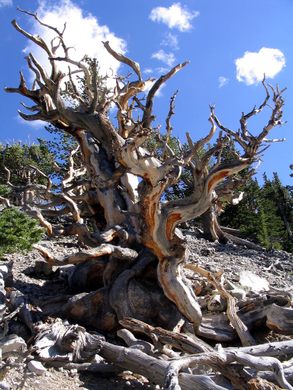
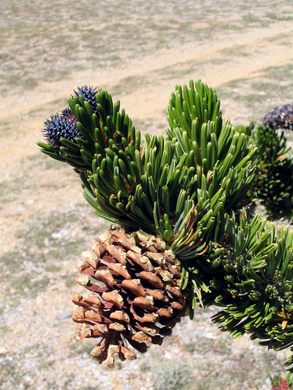


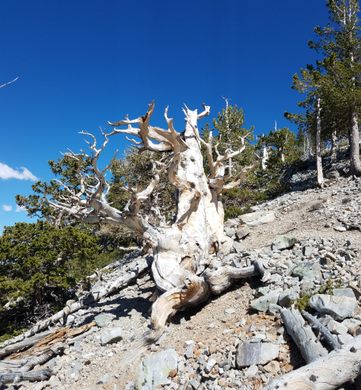




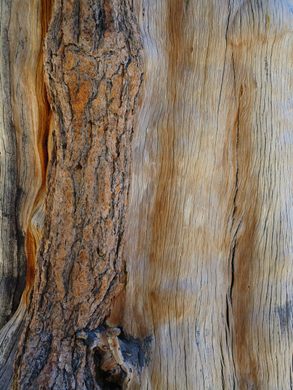

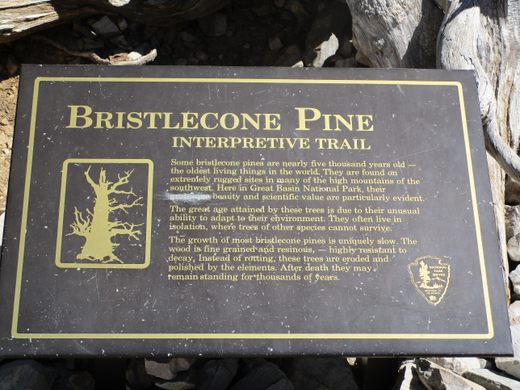











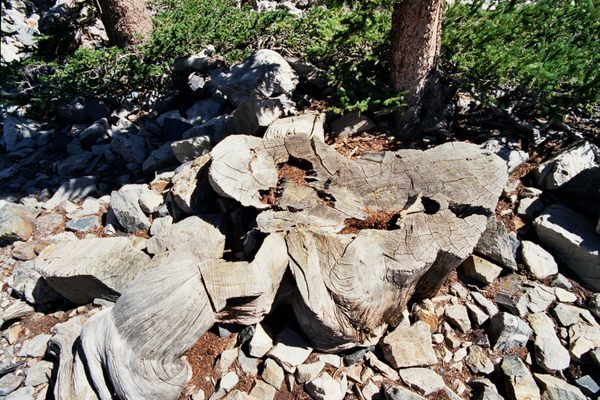


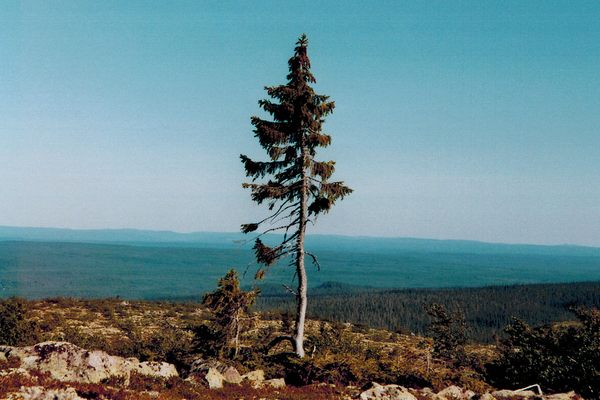




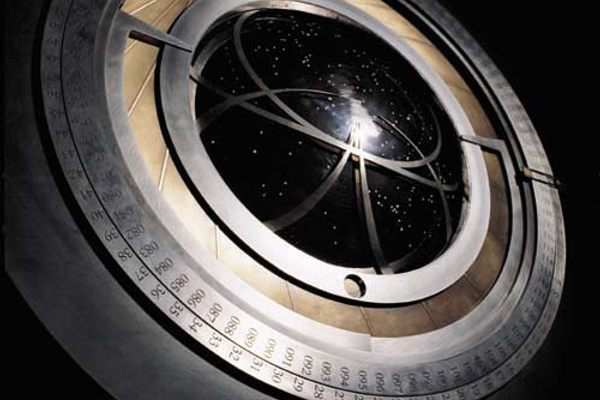

Follow us on Twitter to get the latest on the world's hidden wonders.
Like us on Facebook to get the latest on the world's hidden wonders.
Follow us on Twitter Like us on Facebook